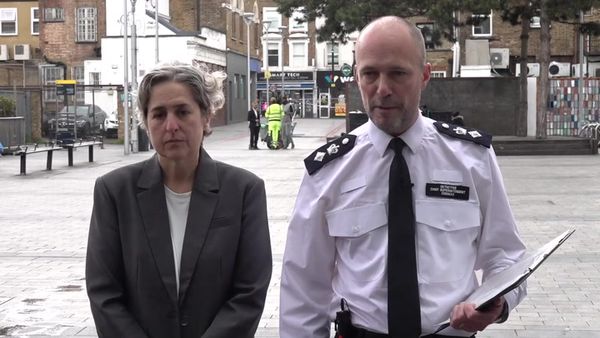
When a group of artists were asked to reimagine waste creatively, different mindsets and goals led to some surprising tensions
Opinion: It is estimated New Zealanders bin 17.5 million tonnes of waste a year, of which 12.6 million tonnes ends up in landfill. Reducing those figures seems a worthy goal and last year Creative New Zealand provided funding for an arts residency at the Zero Waste Network Warehouse in Glen Innes in Auckland to explore possibilities.
The Zero Waste Network is already engaged in repairing appliances, sorting goods and redistributing items to communities who need them. The group of artists selected for the residency were invited to reimagine waste creatively. I am not an art critic, or a waste expert, but I research how play shapes culture, and I was asked to consider the project from that perspective.
Play matters, on an individual and societal level, and people can take their play very seriously indeed. What constitutes successful play takes many forms, but players do tend to want the play to work out and flow, be it making something, performing in a show, tinkering with boats, or winning the game.
READ MORE:
* Creative NZ slammed, again
* How creative workers might fight back against generative AI
* Artists call for overhaul of funding systems for creatives across a range of industries
Civilisation is based on layers of play. Over time, improvisation and tinkering (both forms of play) evolve into established method, tradition, law, science and ritual. And yet people still enjoy novelty, and it’s through play that new possibilities are explored. It’s also through playing up that the status quo can be challenged, and over time some of the new ideas become entrenched as business as usual. Observing the project was an opportunity to consider different play dynamics at work and glean insights into what a future with less waste might look like.
The artists at the residency approached the work with different mindsets and goals which would, one later told me, lead to tensions. Some focused on creating items of high aesthetic value that could be exhibited and purchased. One fashioned statement jewellery out of rubber inner tubes. Another created striking mosaic shrines out of various offcuts. A third recreated iconic 20th Century furniture using the tops of old tables.
There were other artists, jokers one might call them, whose work was neither functional nor covetable. They created communal desk-seating combos with desktops that trapped you in place, and broke apart vapes to reveal their lacklustre innards of cotton wool doused in liquid, wires and a small round battery.
Instead of trying to bring out the intrinsic value of waste, to repurpose it for commercial gain, perhaps the opportunity of the residency was to more closely examine how many novelty items we buy that we don’t need, in lieu of an authentically joyous experience
“Look at this,” they asked visitors. “What if this was a microphone?” They painted walls, gave each other rides on a broken cherry picker, and whizzed around in strange micro-mobility devices made of office stools welded to toy cars and running off old car batteries. They explored, they questioned, they played.
However, one of the jokers told me, they were criticised for wasting waste.
On the face of it this seems odd. Creating lovely things out of waste materials is not a new concept. To artists, craft makers, and kindergarten teachers everywhere, the great value of waste as a medium is that it is so abundant, and costs nothing. Taking it out and putting it back into the waste stream does not really matter.
But, it seemed, for some on this residency it did matter. Perhaps they felt Creative New Zealand expected them to add significant value to the materials at hand. If this was what success looked like, no wonder some felt stressed. It seemed unlikely to me that the pieces created could ever find a market value that more than covered costs and wages, and if they did, that the market would have been big enough to divert much waste.
But it made me think about waste, where it comes from, how or if we can value it. Instead of trying to bring out the intrinsic value of waste, to repurpose it for commercial gain, perhaps the opportunity of the residency was to more closely examine how many novelty items we buy that we don’t need, in lieu of an authentically joyous experience. It made me wonder how we can best enjoy the limited lifespans we have.
Three playful themes emerged; micromobility, learning how items do or could piece together, and new rituals of celebration and connection. I was struck by a Christmas tree structure the jokers created out of pieces of metal waste, on which gifts and decorations could hang. The conceptual plan was that the same gifts would go up each year and recipients would borrow them, returning them the following December, so another person could enjoy them. This offered a different way of living that was less about consumption and more about making joy out of stuff we already had, that in its own way was radically performative and creative.
The more serious artists also collaborated on large freestanding empty wooden frames with hooks on, in which items could be stored. It may not offer a storage solution in the future, but it certainly modelled a valuable and joyful collaborative creativity that we might all need in the uncertain times ahead.
Ultimately the intrinsic fun and joy of the creative process and of playing might be more valuable than the end result. Rather than buy the items, we could perhaps take more time to enjoy ourselves making things out of what is at hand, ideally in the company of others. That could be the future of business as usual.





